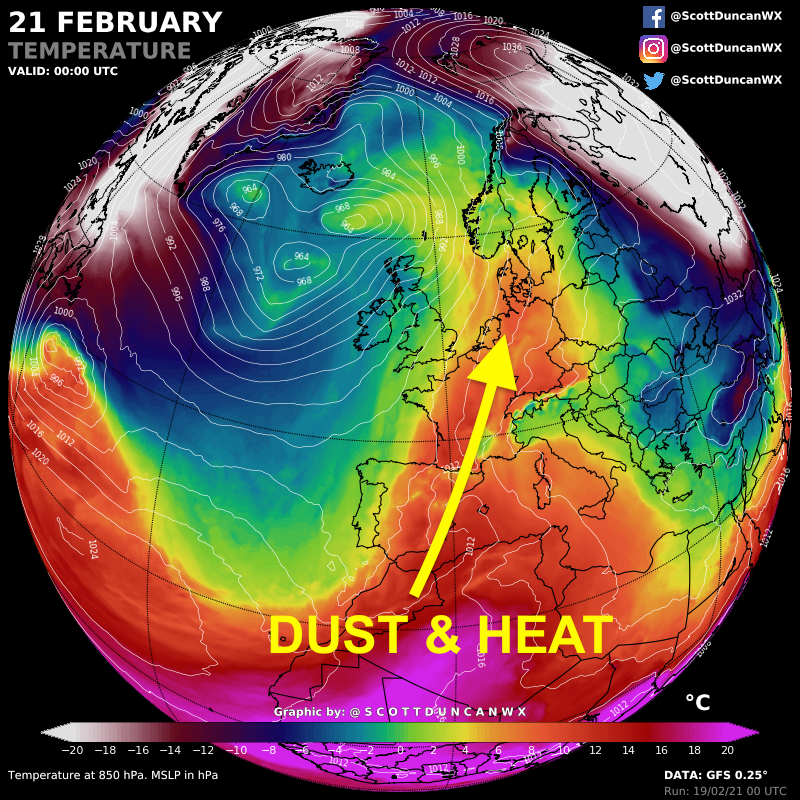
The polar vortex has been a hot topic lately... How does the polar vortex from last winter compare to this winter?
Last winter: This winter:
Last winter: This winter:
Last winter had a strong and stable polar vortex like a robust doughnut, holding cold air in the Arctic regions.
This year was weak and wavy, allowing cold arctic air to spread to lower latitudes.

This year was weak and wavy, allowing cold arctic air to spread to lower latitudes.


The jet stream last year was also particularly strong and stable. Aiding the warm, wet and often windy conditions.
Last winter was the warmest winter on record for the Northern Hemisphere .
Last winter was the warmest winter on record for the Northern Hemisphere .
https://twitter.com/ScottDuncanWX/status/1238524621181386754
Stats are being gathered for this winter, certainly not like the warmth last winter. The role of the polar vortex and jet stream is obviously crucial in the type of winter we get in the Northern Hemisphere.
It is worth noting that there is variability and wobbles even in a strong and stable vortex.
In the strong and stable winter last year, the jet stream still buckled and folded. This is not unusual.

In the strong and stable winter last year, the jet stream still buckled and folded. This is not unusual.


This winter, we saw more of things like this. A very perturbed and weak jet.
This allowed Arctic cold to escape south into places like Europe, Asia and North America. While other places saw warmth push up north.
Essentially, the jet became weak and wavy.
This allowed Arctic cold to escape south into places like Europe, Asia and North America. While other places saw warmth push up north.
Essentially, the jet became weak and wavy.

I discuss more about some of the cold spells and the role of climate change in a piece I wrote for @euronews
Some explainer graphics in there and research articles looking at both sides of the argument.
euronews.com/2021/02/23/cli…
Some explainer graphics in there and research articles looking at both sides of the argument.
euronews.com/2021/02/23/cli…

The disruption to polar vortex and jet stream winter also helped explain why it was possible to go from extreme cold to extreme warmth in a short space of time. The weather pattern can flip a lot easier when the jet is weak. 







And if you want this animation to 'Lord of the dance' sound track.
No problem.
⬇️⬇️⬇️
instagram.com/scottduncanwx

No problem.
⬇️⬇️⬇️
instagram.com/scottduncanwx


• • •
Missing some Tweet in this thread? You can try to
force a refresh









